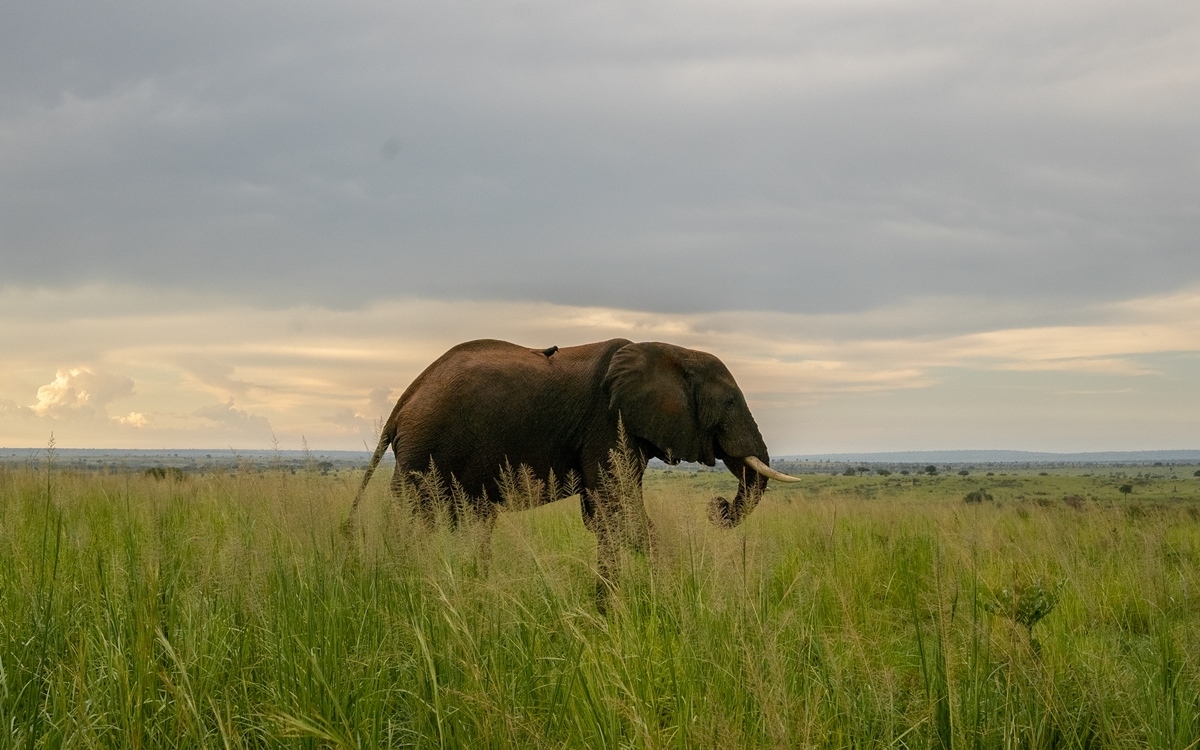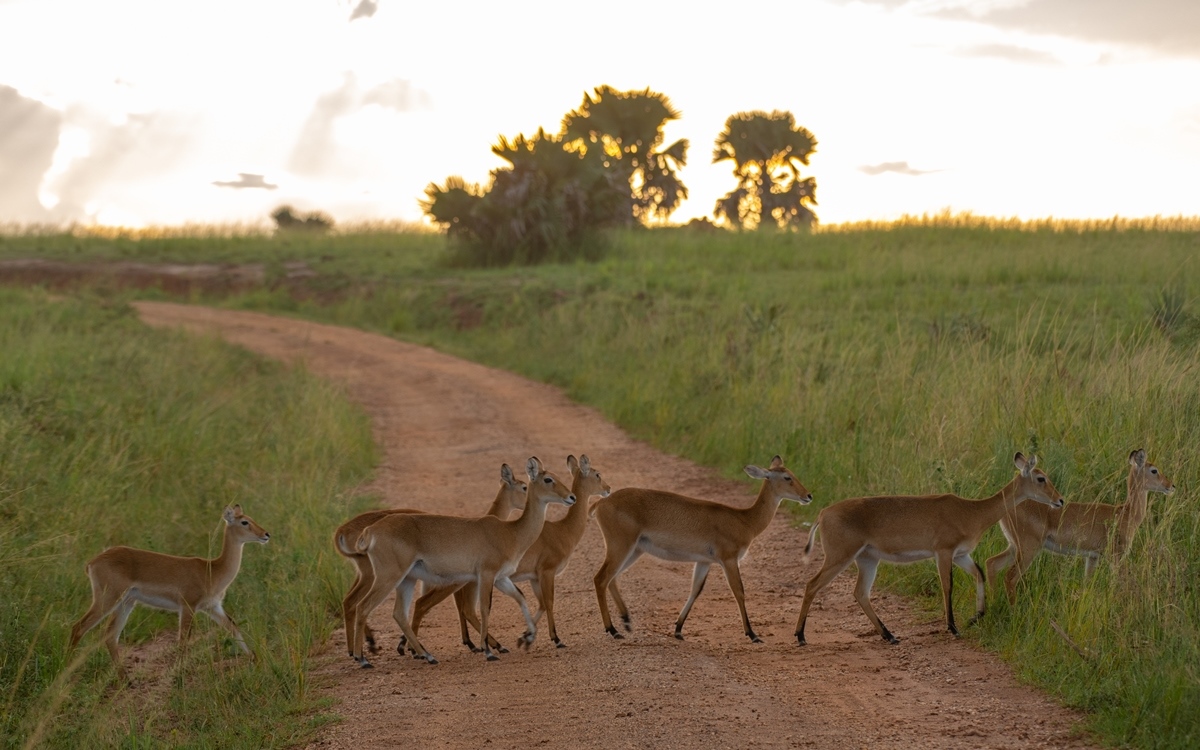Nwoya District, Uganda
NWOYA DISTRICT, UGANDA
LOCATION OF NWOYA DISTRICT, UGANDA
Nwoya District is located in Northern Uganda, within the Acholi sub-region. It is bordered by Amuru District to the North, Gulu District to the North-East, Oyam District to the East, Kiryandongo District to the South-East, Masindi District to the South, and Buliisa District to the sSuth-West. The district’s main administrative and commercial center, Nwoya, is approximately 44 kilometers South-West of Gulu and about 330 kilometers North of Kampala.
POPULATION OF NWOYA DISTRICT, UGANDA
As of 2024, the population of Nwoya is estimated to be 133,506 people by UBOS.
SOME HISTORY OF NWOYA DISTRICT, UGANDA
Nwoya District, located in Northern Uganda, is part of the Acholi sub-region. It is one of the newer districts in Uganda, having been established by an Act of Parliament and officially started functioning on July 1, 2010. Before its creation, Nwoya was part of Amuru District.
The area that now constitutes Nwoya District has a rich history tied to the Acholi people, who are the predominant ethnic group in the region. The Acholi have a long-standing cultural heritage and have historically been involved in agriculture, hunting, and cattle herding.
Nwoya District was created to bring administrative services closer to the people and to promote local development. The district’s formation was part of a broader government initiative to decentralize governance and improve service delivery across Uganda.
Initially, the economy of Nwoya District was primarily based on subsistence agriculture and livestock husbandry. However, in recent years, the discovery of crude oil deposits has brought significant attention to the district. Plans for commercial oil extraction are underway, which is expected to transform the local economy.
Like many districts in Northern Uganda, Nwoya has faced challenges related to infrastructure, healthcare, and education. The district has been working to improve these areas, with efforts to build better roads, schools, and healthcare facilities. The presence of oil has also led to some conflicts and land disputes, but it has also brought opportunities for development and investment.
Today, Nwoya District continues to grow and develop. It remains a vital part of the Acholi sub-region, contributing to the cultural and economic landscape of Northern Uganda. The district’s administrative center, also named Nwoya, serves as the hub for political and commercial activities.
| Visa requirements | ENTRY INTO UGANDA (VISAS & PASSES)
Any person intending to enter into Uganda should do so only for lawful purposes and in accordance with national immigration laws, guidelines and formalities.
Foreign nationals intending to enter Uganda for purposes of employment should comply with requirements for expatriate employment in Uganda.
All visa prone nationalities must obtain Uganda visas to facilitate their entry into the country.
Uganda visas may be obtained at Uganda missions abroad or by applying online at the Uganda E-Immigration System at www.visas.immigration.go.ug
UGANDA VISAS & CORRESPONDING FEES:
WORKING AND LIVING IN UGANDAPERMITS –WORKING IN UGANDA All foreign nationals intending to work in Uganda must ensure that they are in possession of the relevant work permit. The classes of work permits are listed below. For the requirements for the different categories, please log onto the Immigration Uganda website: www.immigration.go.ug or www.visas.immigration.go.ug CLASS A (GOVERNMENT & DIPLOMATIC SERVICE) Applicants should be persons contracted for service in the Government of Uganda or diplomats accredited for service in Uganda. CLASS A2 (GOVERNMENT CONTRACTORS) Applicants should be persons on Government contracts, including persons serving in Government tertiary institutions. CLASS B (INVESTMENT IN AGRICULTURE) Applicants should be persons intending to invest in the business of agriculture or animal husbandry. CLASS C (MINING) Applicants should be persons intending to invest in the business of prospecting for minerals or mining in Uganda CLASS D (BUSINESS AND TRADE) Applicants should be persons intending to carry on the business or trade in Uganda CLASS E (MANUFACTURERS) Applicants should be persons intending to engage in manufacturing business In Uganda CLASS F (PROFESSIONALS) Applicants should be members of prescribed professionals Intending to practice RIO profession In Uganda CLASS G1 (VOLUNTEERS, NGO WORKERS, and MISSIONARIES) CLASS G2 (EMPLOYEES) Applicants should be persons intending to work as employees whether for gain or not in Uganda. Applicants under this category can only enter Uganda after grant and payment for their work permits. WORK PERMIT RENEWAL
| ||||||||||||||||||||||||
|---|---|---|---|---|---|---|---|---|---|---|---|---|---|---|---|---|---|---|---|---|---|---|---|---|---|
| Languages spoken | Acholi, English and Swahili | ||||||||||||||||||||||||
| Currency used | Ugandan Shilling (Ugx) | ||||||||||||||||||||||||
| Area (km2) | 4,736 square kilometers | ||||||||||||||||||||||||
| Country name | Republic of Uganda |



